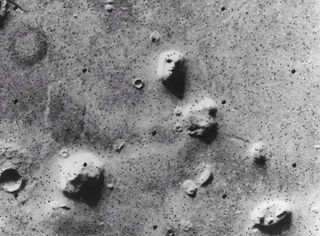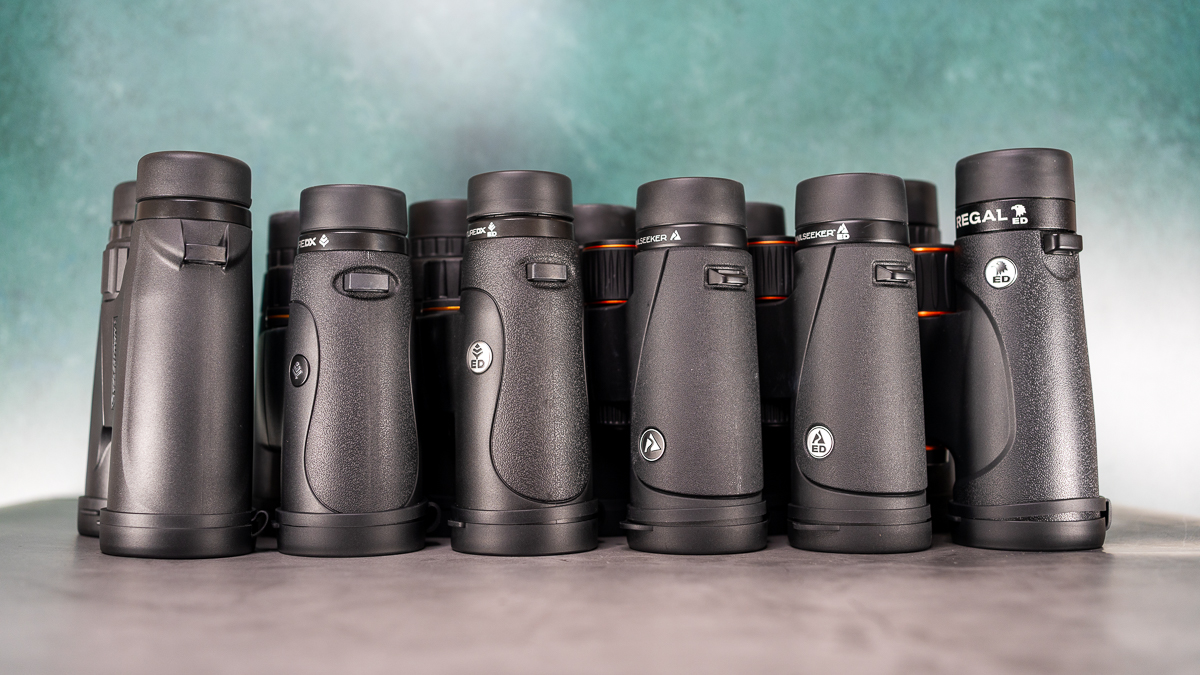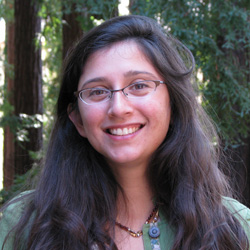
Tia Ghose
Tia is the editor-in-chief (premium) and was formerly managing editor and senior writer for Live Science. Her work has appeared in Scientific American, Wired.com, Science News and other outlets. She holds a master's degree in bioengineering from the University of Washington, a graduate certificate in science writing from UC Santa Cruz and a bachelor's degree in mechanical engineering from the University of Texas at Austin. Tia was part of a team at the Milwaukee Journal Sentinel that published the Empty Cradles series on preterm births, which won multiple awards, including the 2012 Casey Medal for Meritorious Journalism.
Latest articles by Tia Ghose
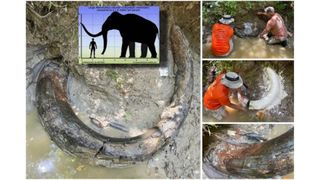
Huge mammoth tusk discovered sticking out of Mississippi streambed
By Tia Ghose published
An amateur fossil hunter in Mississippi found the first known fossil in the region from a mammoth — a well-preserved tusk that weighed about 600 pounds (270 kilograms).
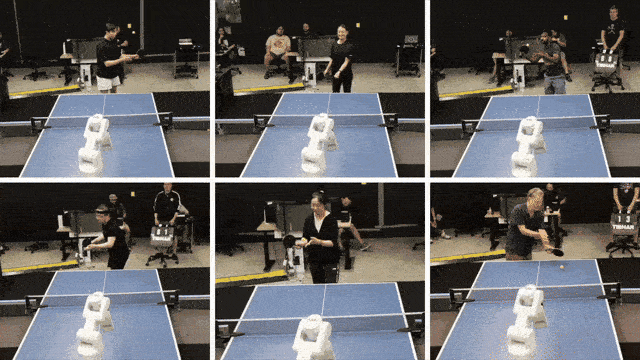
Google DeepMind's robotic arm can now beat humans at table tennis
By Tia Ghose published
Google's DeepMind has been used to train a robot arm to play table tennis, and it beat human players.

Polycystic ovary syndrome: Symptoms and treatment
By Maureen Salamon last updated
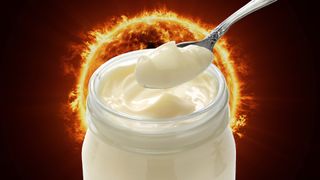
Physicists solve nuclear fusion mystery with mayonnaise
By Tia Ghose published
The same physics that underlie mayonnaise could help physicists corral the ultrahot plasma needed to produce nuclear fusion.
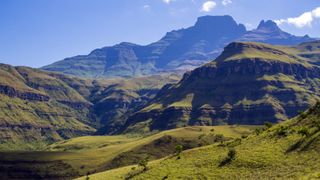
Gargantuan waves in Earth's mantle may make continents rise, new study finds
By Tia Ghose published
Dramatic cliffs and high plateaus are caused by the same wave triggered in Earth's middle layer when continents pull apart, a new study finds.
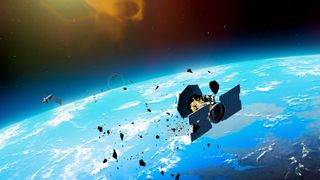
China ready to launch 1st satellite in constellation that will challenge Elon Musk's Starlink
By Tia Ghose published
China plans to launch more than 100 satellites for its new "constellation" this year and thousands more by the end of the decade.
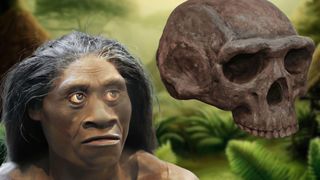
Homo floresiensis: Facts about the 'hobbit'
By Joseph Castro last updated
Homo floresiensis, a diminutive hominin dubbed the hobbit, lived about 50,000 years ago on a remote Indonesian island.
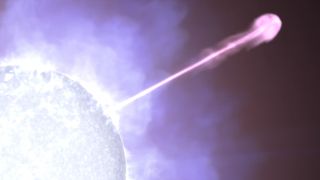
'It gave me goosebumps': Most powerful gamma ray burst ever detected hid a secret, scientists say
By Tia Ghose published
Scientists have found a mysterious signal in the brightest gamma ray burst ever detected, and now they know what caused it.
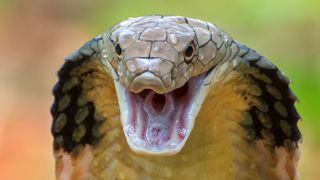
13 of the most venomous snakes on the planet
By Jeanna Bryner last updated
An encounter with one of these venomous snakes could cost you your life.
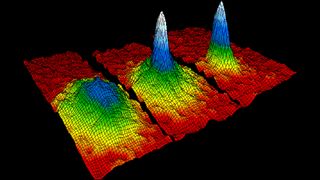
Bose-Einstein condensate: The fifth state of matter
By Jesse Emspak last updated
A Bose-Einstein condensate is a strange form of matter in which extremely cold atoms demonstrate collective behavior and act like a single "super atom."
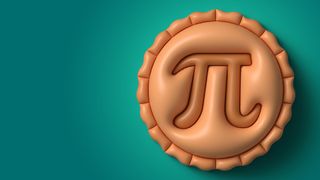
12 surprising facts about pi to chew on this Pi Day
By Tia Ghose published
On Pi Day (March 14) we celebrate perhaps the most iconic irrational number on Earth. From its ancient origins to the unanswered questions, here are some of the most surprising facts about pi.

Will animals freak out during the April 8 total solar eclipse?
By Tia Ghose last updated
Humans aren't the only ones who get spooked during a solar eclipse; animals may change their behavior too, research shows. Here's what to expect on April 8, 2024.

'Simply did not work': Mating between Neanderthals and modern humans may have been a product of failed alliances, says archaeologist Ludovic Slimak
By Tia Ghose published
"When two populations are close to one another but they are very distinct — maybe they can have a different language and different traditions, they are in neighboring territories — they are going to exchange their women."
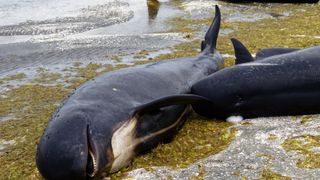
10 creatures that washed up on the world's beaches in 2023
By Elise Poore, Tia Ghose published
Rare sightings and haunting creatures of the deep appeared on beaches around the world this year — here are 10
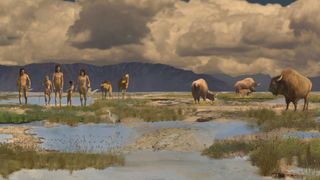
Live Science's top investigative stories of 2023
By Tia Ghose published
In 2023, Live Science reporters took a deeper look into the first Americans, killer whales and the sun's explosive peak.
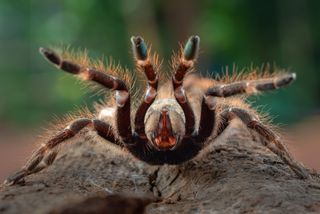
Why are tarantulas so hairy?
By Elise Poore published
Tarantulas use their "hair" for all kinds of things, including smelling and tasting.
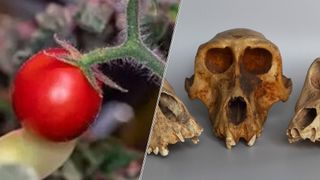
Science news this week: Space tomatoes and sacred baboons
By Tia Ghose published
Dec. 10, 2023: Our weekly roundup of the latest science in the news, as well as a few fascinating articles to keep you entertained.
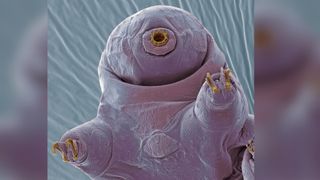
We finally know how tardigrades mate
By Elise Poore published
Researchers have discovered the first evidence that male tardigrades can find females by scent.
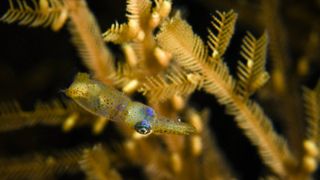
Adorable, newfound pygmy squid species named after Japanese forest fairies
By Elise Poore published
Two new species of pygmy squid have been discovered off Okinawa and named after mythical creatures.
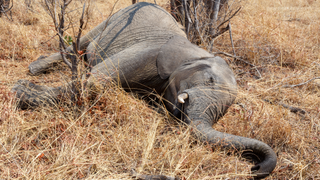
Deadly bacteria may be the culprit behind mysterious elephant die-off
By Elise Poore published
Scientists found a potential cause of a mysterious die-off of African savanna elephants in 2020 after they discovered deadly bacteria lurking in six corpses.
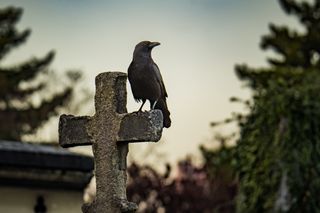
7 creatures associated with death
By Elise Poore published
From bats to hornbills, here are some animals that have historically been associated with death.
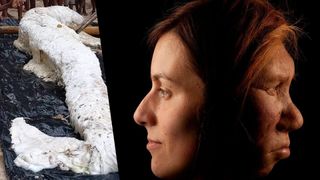
Science news this week: Horned comet and a mystery blob
By Tia Ghose published
Oct. 22, 2023: Our weekly roundup of the latest science in the news, as well as a few fascinating articles to keep you entertained over the weekend.
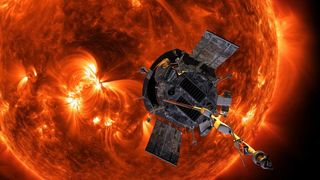
NASA's Parker Solar Probe smashes record for fastest man-made object
By Tia Ghose, Brandon Specktor published
NASA's Parker Solar Probe has reached a record-breaking speed as it gets a gravitational assist from Venus to fall closer to the sun's scorching surface.
Get the world’s most fascinating discoveries delivered straight to your inbox.

